Last year over 700 boat owners who have non-trailered boats moored in marinas around Aotearoa…
The increasing issue of coastal hardening and its associated socio-economic risks
In urbanised harbours and estuaries around the world, artificial coastal infrastructure continues to swallow up significant proportions of the remaining natural coastal areas and habitats. The replacement of beaches, mud flats and rocky reefs by engineered structures such as wharves, jetties, pontoons and seawalls profoundly alters ecological processed and facilitates the spread of non-indigenous species.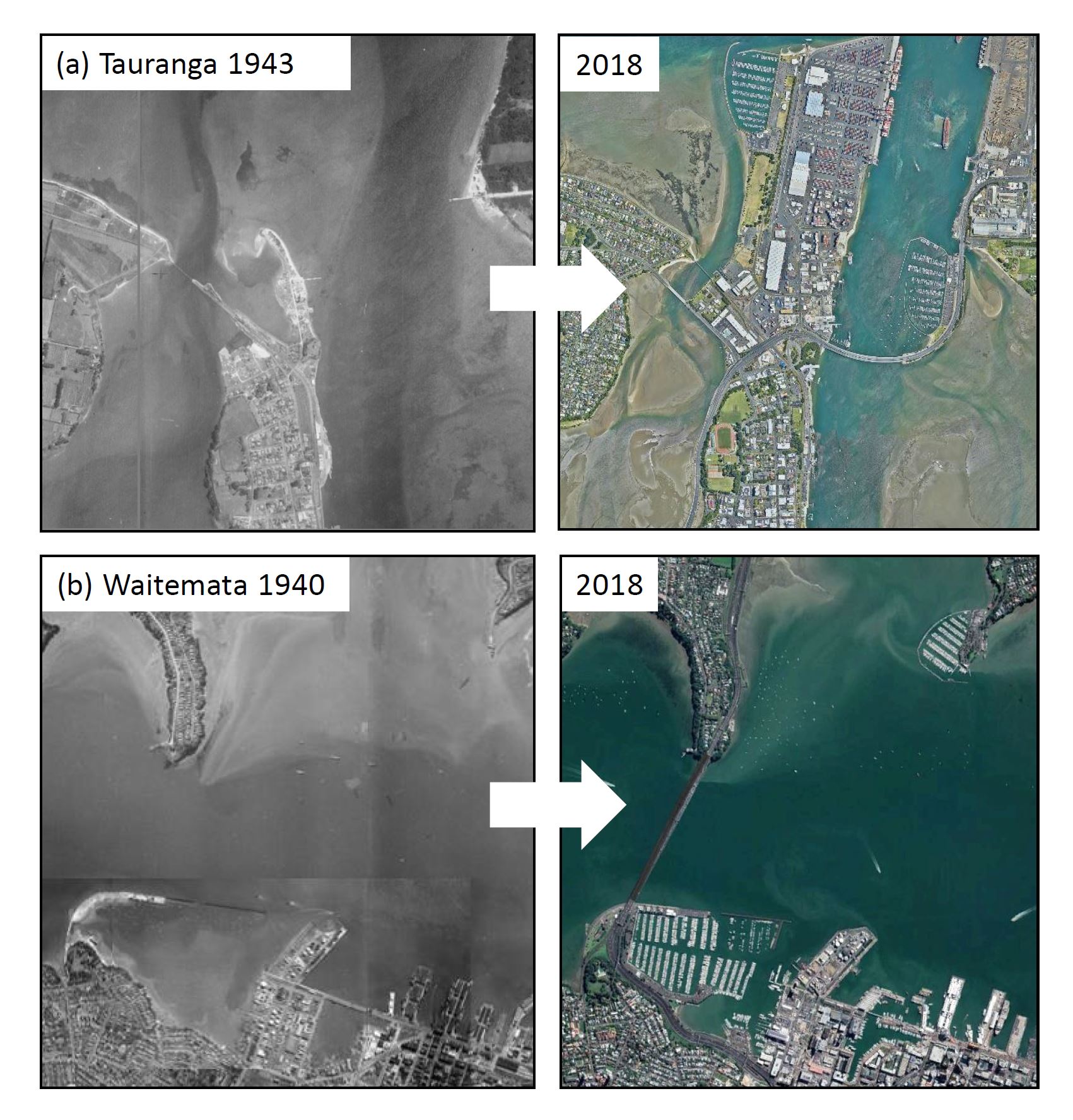
Extension of the coastal marine infrastructure in two New Zealand harbours over the last few decades
Over the past couple of years, our Toolbox research team, with collaborators from Australia and the U.S., mapped the extent of coastal infrastructure in 30 coastal cities in Australia, New Zealand, the United Kingdom and North America. We found that shipping, boating and civic infrastructure already occupies more than half of the coastlines of municipalities such as Auckland, Vancouver, Belfast and Adelaide.
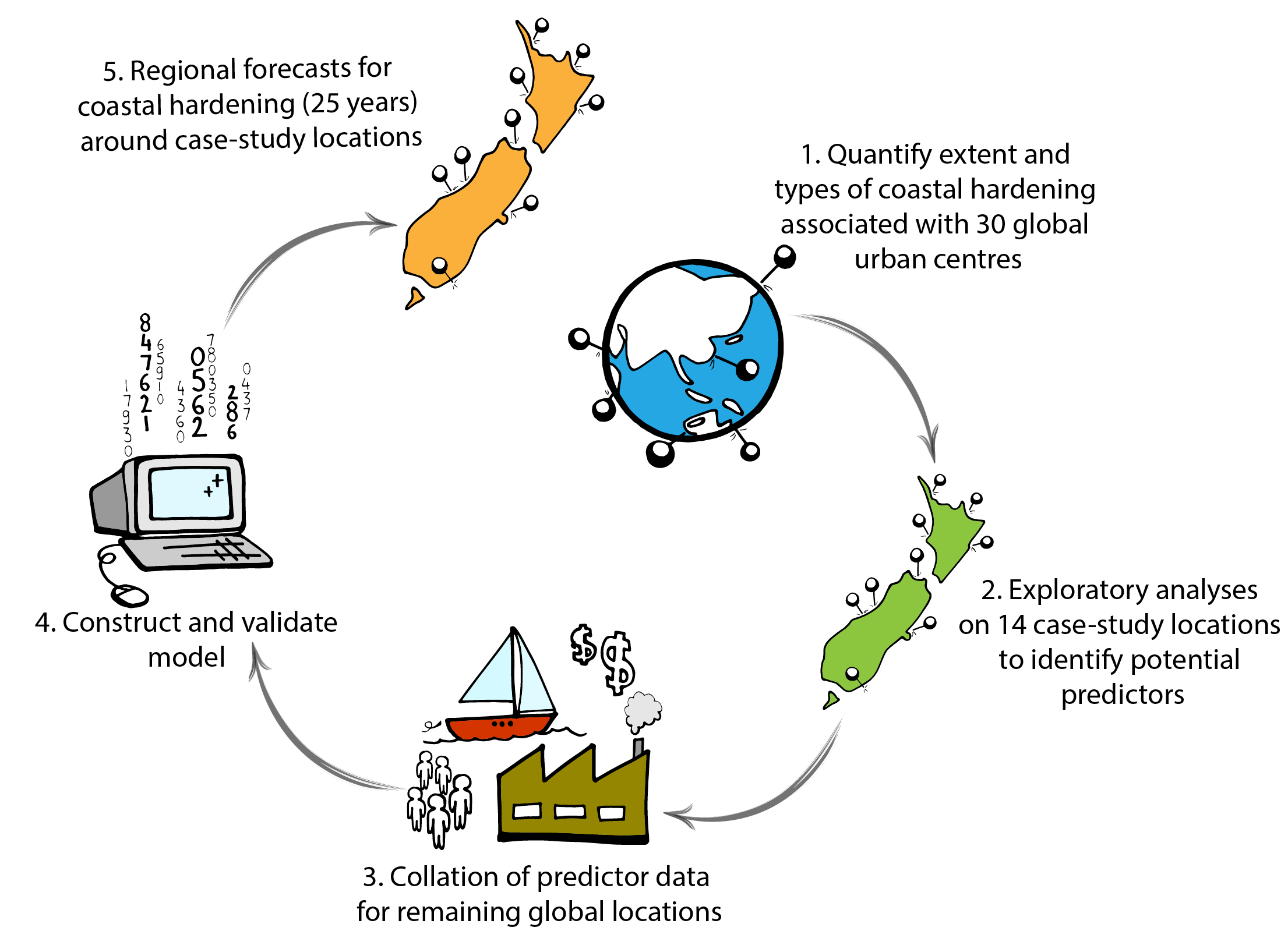
A conceptual diagram of the model construction, validation and application
We built a model based on machine-learning algorithms that, when applied to New Zealand as a case-study location, suggests that infrastructure along congested coastlines will increase by an additional 50-75% of present-day extent as population, economy and transport expand. City planners should consider mitigation strategies that ensure a balance between ecological, economic and sociocultural interests.

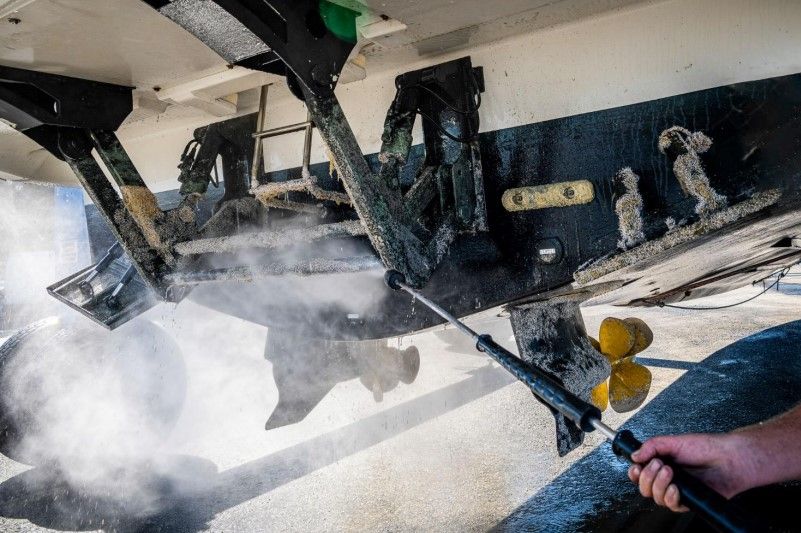
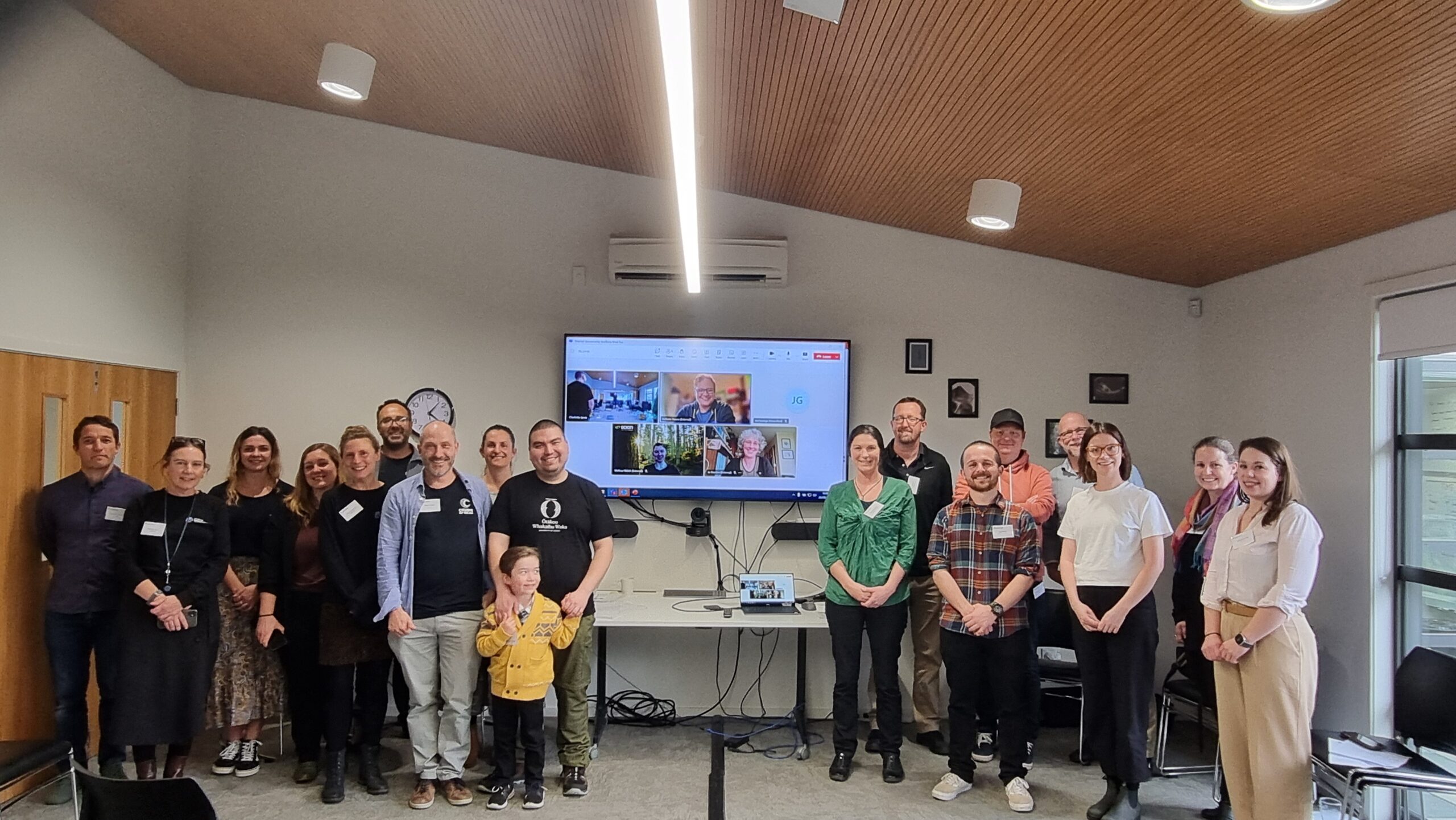
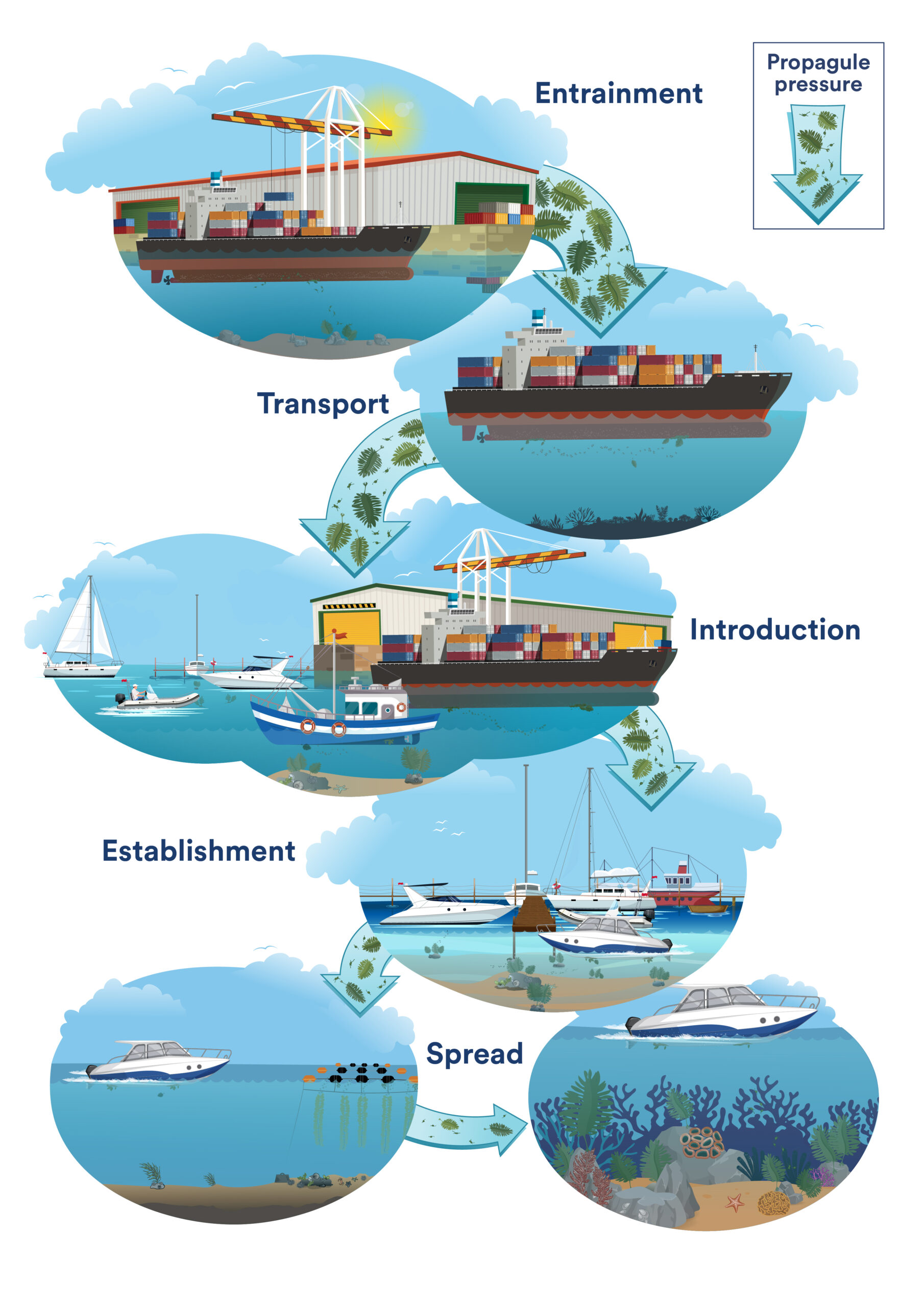
Comments (0)